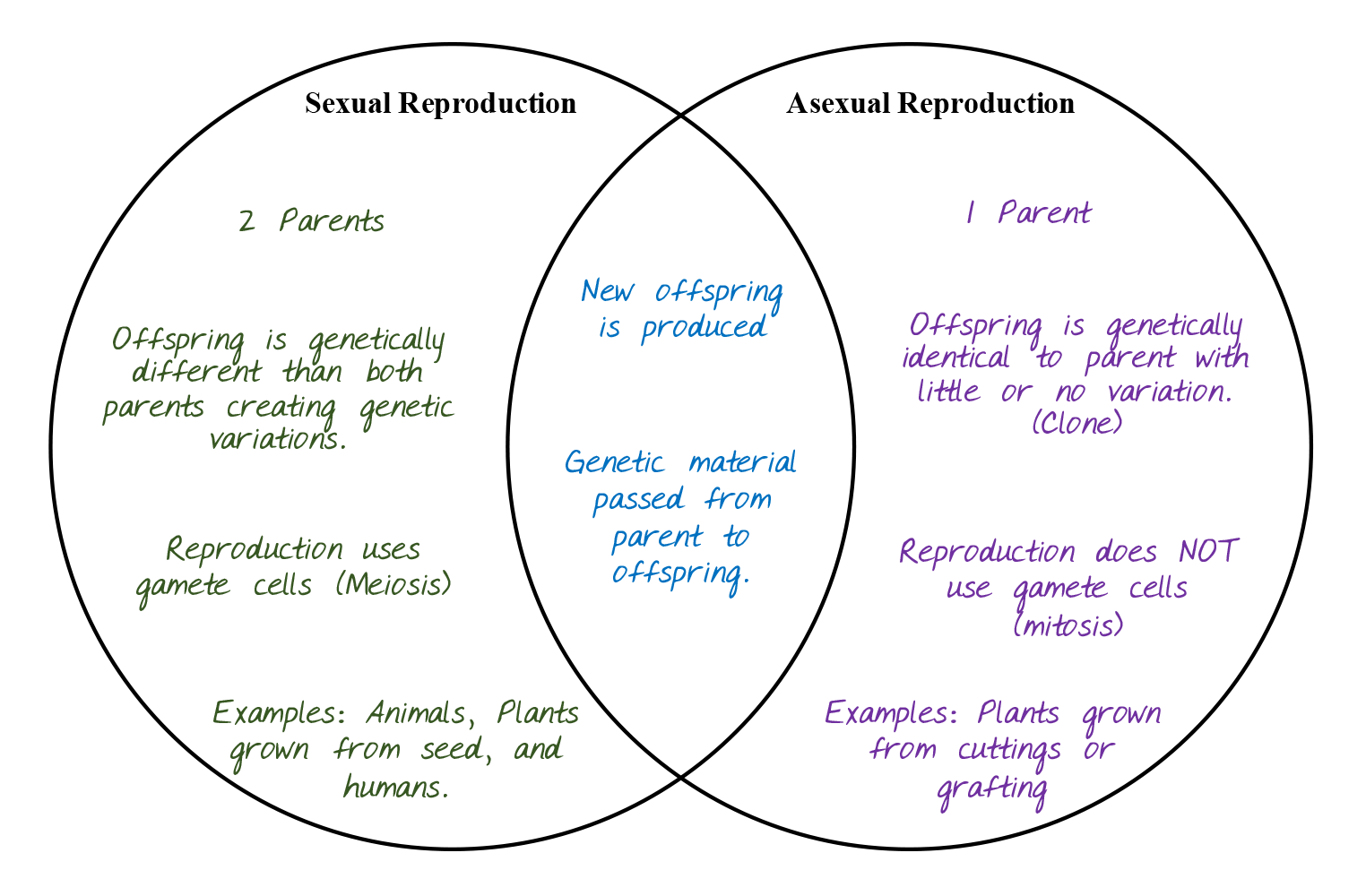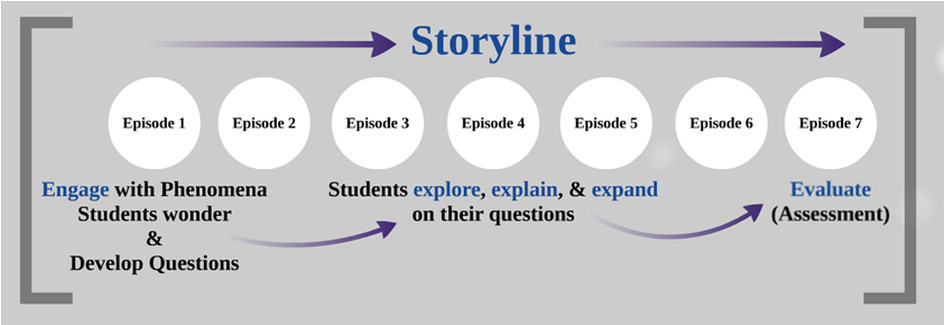Apple Genetics: A Tasty Phenomena
Using the context of apples, students will apply their knowledge of heredity and genetics to distinguish between sexual and asexual reproduction as they explain how new varieties of apples are developed and then propagated to meet consumer demand for a tasty, uniform, consistent product.

Background
Lesson Activities
Recommended Companion Resources
Credits
Author
Kevin Atterberg, Erin Ingram, Molly Brandt, Andrea Gardner, and Debra Spielmaker | National Center for Agricultural Literacy (NCAL)
Acknowledgements
Activity 1 was originally written in the lesson "Apple Genetics" written by Kevin Atterberg (Culler Middle School, Lincoln NE), Erin Ingram, and Molly Brandt (University of Nebraska-Lincoln, IANR Science Literacy Initiative). The lesson was updated in 2018 to follow a phenomena-based format.
Phenomenon chart adapted from work by Susan German.
German, S. (2017, December). Creating conceptual storylines. Science Scope, 41(4), 26-28.
German, S. (2018, January). The steps of a conceptual storyline. Science Scope, 41(5), 32-34.
Sources
- http://www.care2.com/greenliving/22-fun-facts-about-apples.html
- https://extension.illinois.edu/apples/facts.cfm
Standards
Indiana Content Area Standards
-
English Language Arts.Grade 6.RN.1
Read a variety of nonfiction within a range of complexity appropriate for grades 6-8. By the end of grade 6, students interact with texts proficiently and independently at the low end of the range and with scaffolding as needed at the high end of the range.
- Synthesis and Connection of Ideas.6.RN.4.2: Integrate information presented in different media or formats (e.g., visually, quantitatively, verbally) to demonstrate a coherent understanding of a topic or issue.
-
English Language Arts.Grade 6.SL.1
Listen actively and adjust the use of spoken language (e.g., conventions, style, vocabulary) to communicate effectively with a variety of audiences and for different purposes.
- Discussion and Collaboration.6.SL.2.2: Elaborate and reflect on ideas under discussion by identifying specific evidence from materials under study and other resources.
-
English Language Arts.Grade 7.RN.1
Read a variety of nonfiction within a range of complexity appropriate for grades 6-8. By the end of grade 7, students interact with texts proficiently and independently at the middle of the range and with scaffolding as needed for texts at the high end of the range.
- Synthesis and Connection of Ideas.7.RN.4.2: Compare and contrast a print or digital text with an audio, video, or multimedia version of the text, analyzing each mediums portrayal of the subject (e.g., how the delivery of a speech affects the impact of the words).
-
English Language Arts.Grade 7.SL.1
Listen actively and adjust the use of spoken language (e.g., conventions, style, vocabulary) to communicate effectively with a variety of audiences and for different purposes.
- Discussion and Collaboration.7.SL.2.1: Engage effectively in a range of collaborative discussions (e.g., one-on-one, in groups, and teacher-led) on grade- appropriate topics, texts, and issues, building on others ideas and expressing personal ideas clearly.
- Discussion and Collaboration.7.SL.2.2: Investigate and reflect on ideas under discussion by identifying specific evidence from materials under study and other resources.
-
English Language Arts.Grade 8.SL.1
Listen actively and adjust the use of spoken language (e.g., conventions, style, vocabulary) to communicate effectively with a variety of audiences and for different purposes.
- Discussion and Collaboration.8.SL.2.1: Engage effectively in a range of collaborative discussions (e.g., one-on-one, in groups, and teacher-led) on grade- appropriate topics, texts, and issues, building on others ideas and expressing personal ideas clearly.
- Discussion and Collaboration.8.SL.2.2: Examine, analyze, and reflect on ideas under discussion by identifying specific evidence from materials under study and other resources.
